-
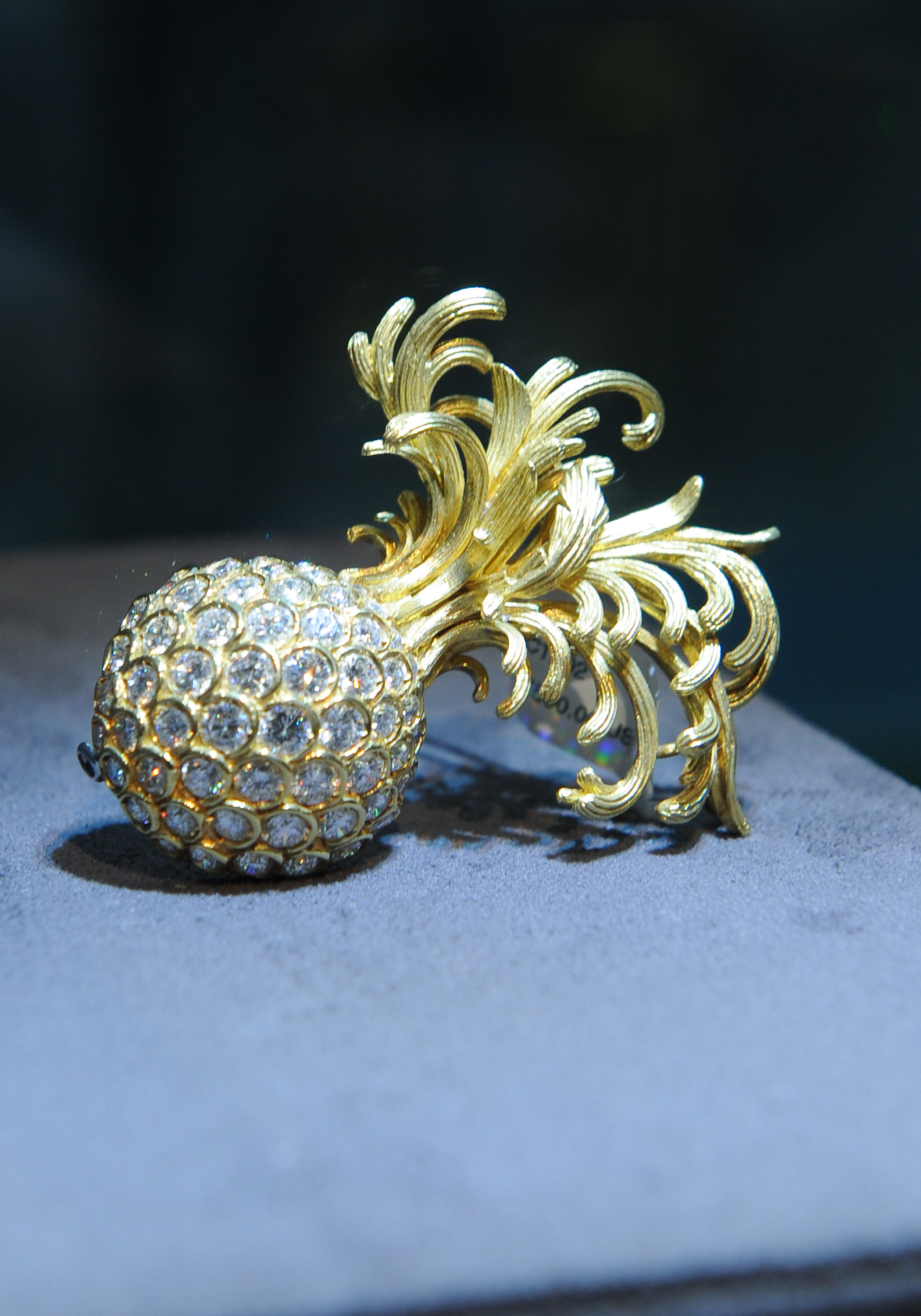
Verdura La Bomba brooch.
-
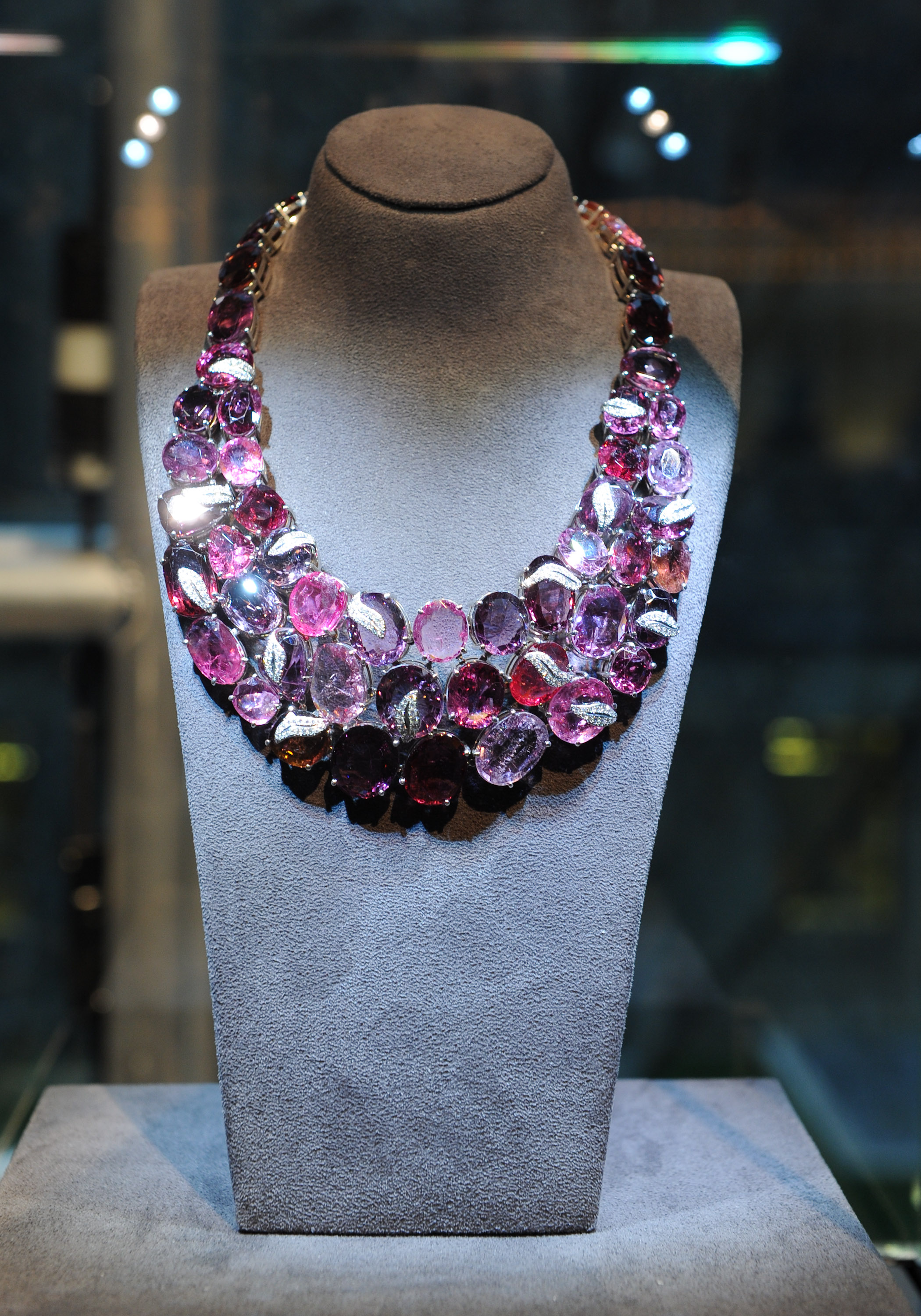
Verdura Leaves necklace.
-
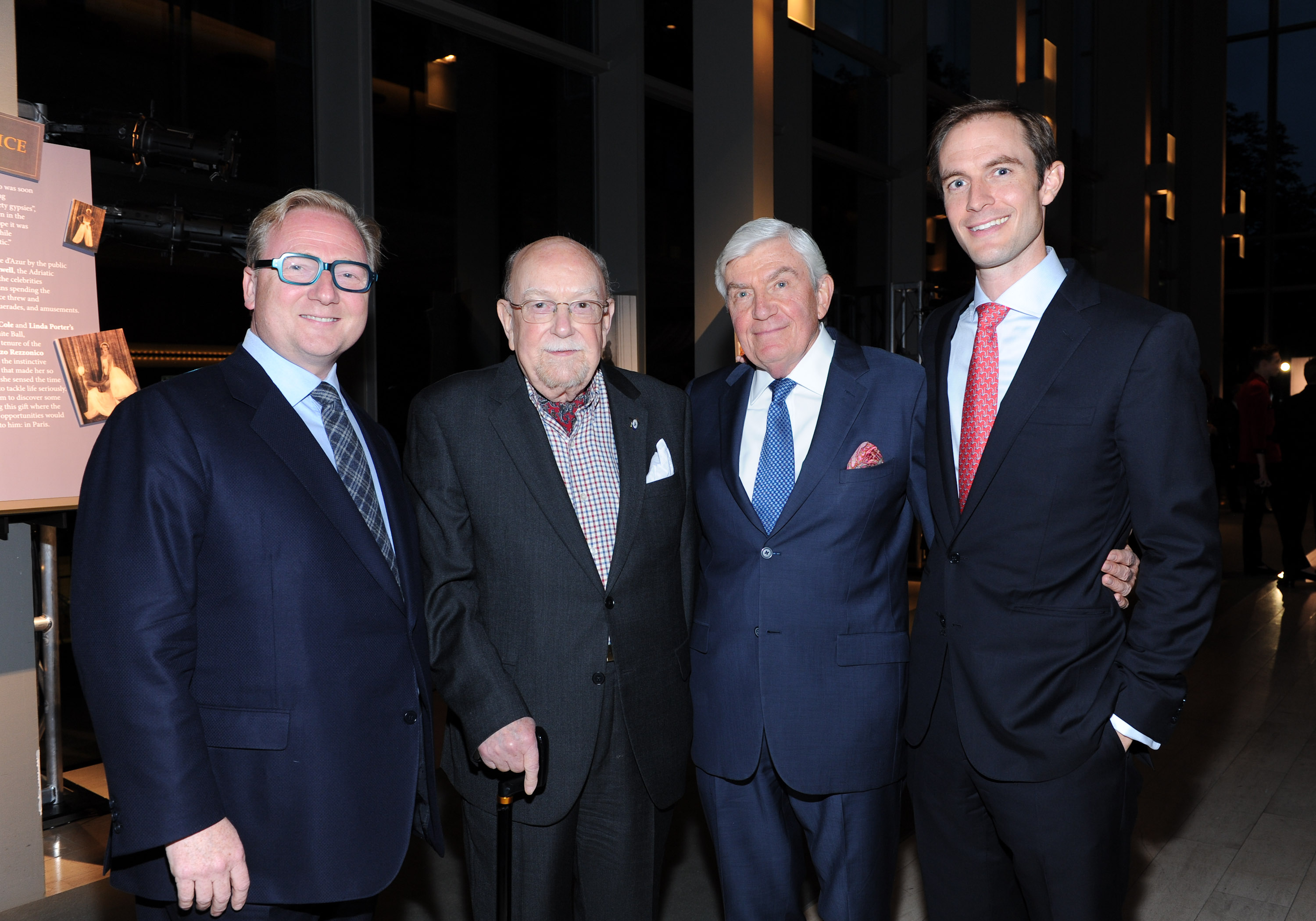
From left: Myles Mindham of Mindham Fine Jewellery with his father Lawrence Mindham, Verdura chairman and CEO Ward Landrigan, Verdura president Nico Landrigan.
-

Gabrielle “Coco” Chanel’s original Verdura Maltese cross cuffs.
-
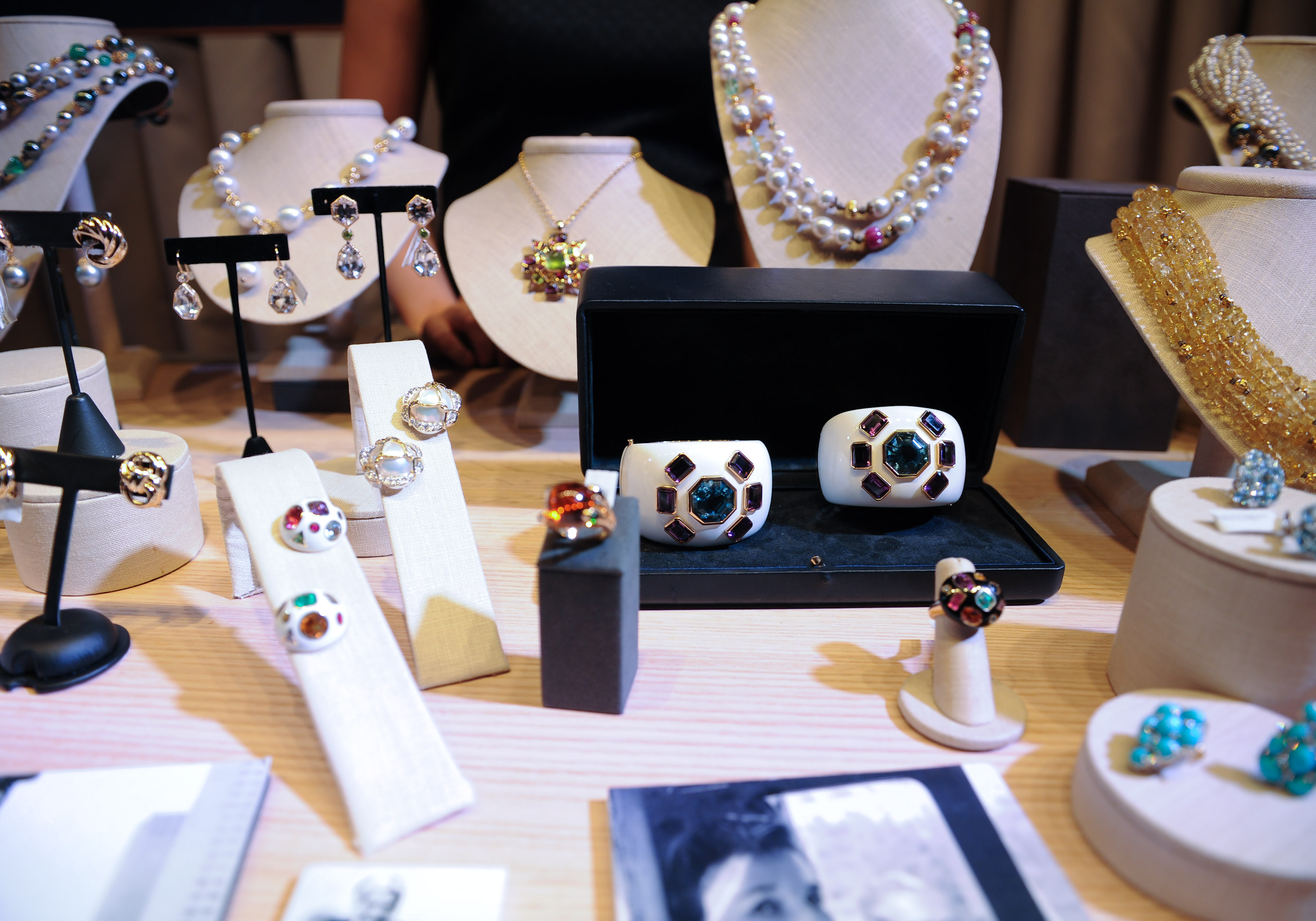
A selection of Verdura designs.
-

Verdura Herkimer earrings.
-
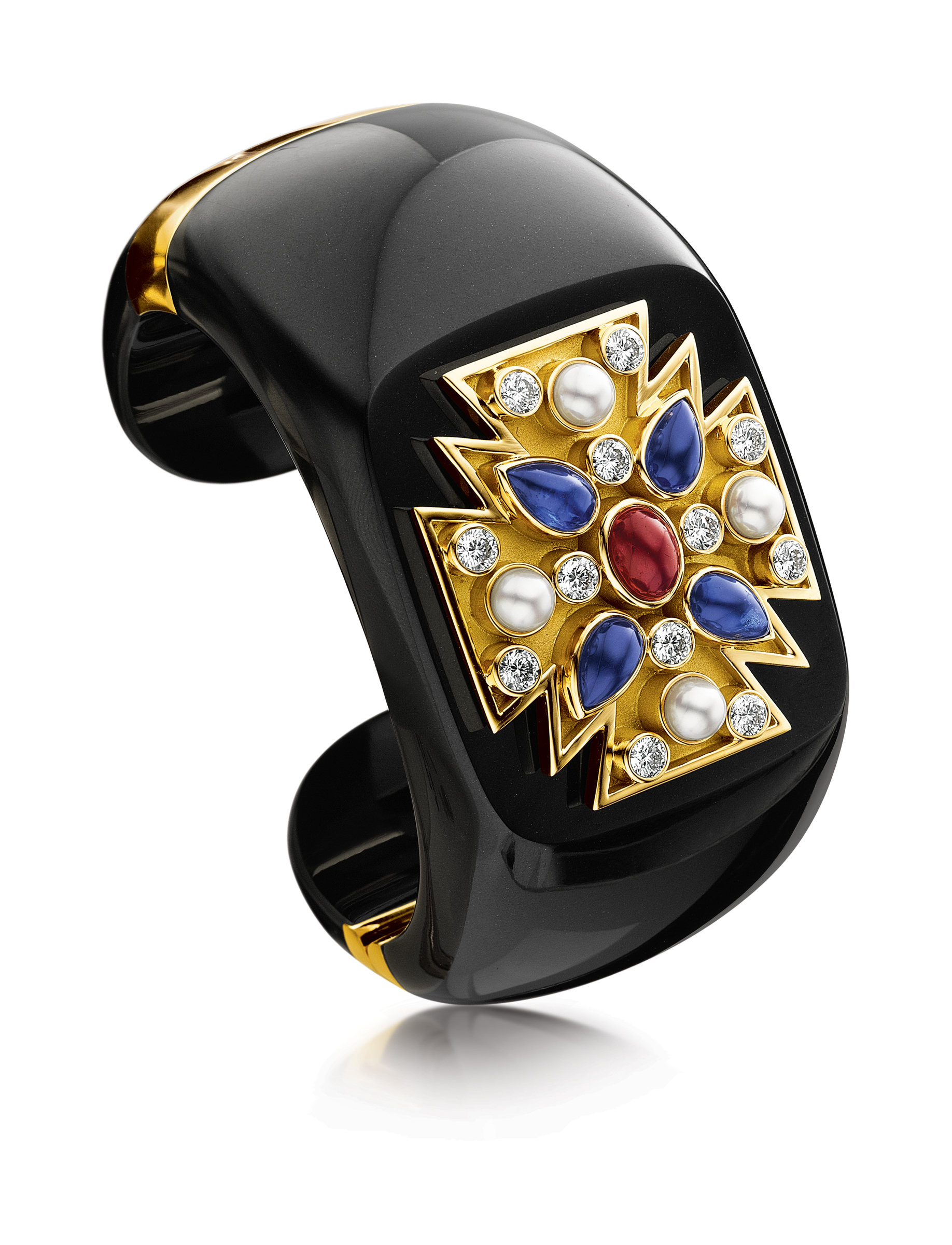
Verdura Maltese cross cuff.
-

Verdura Maltese cross earrings.
-
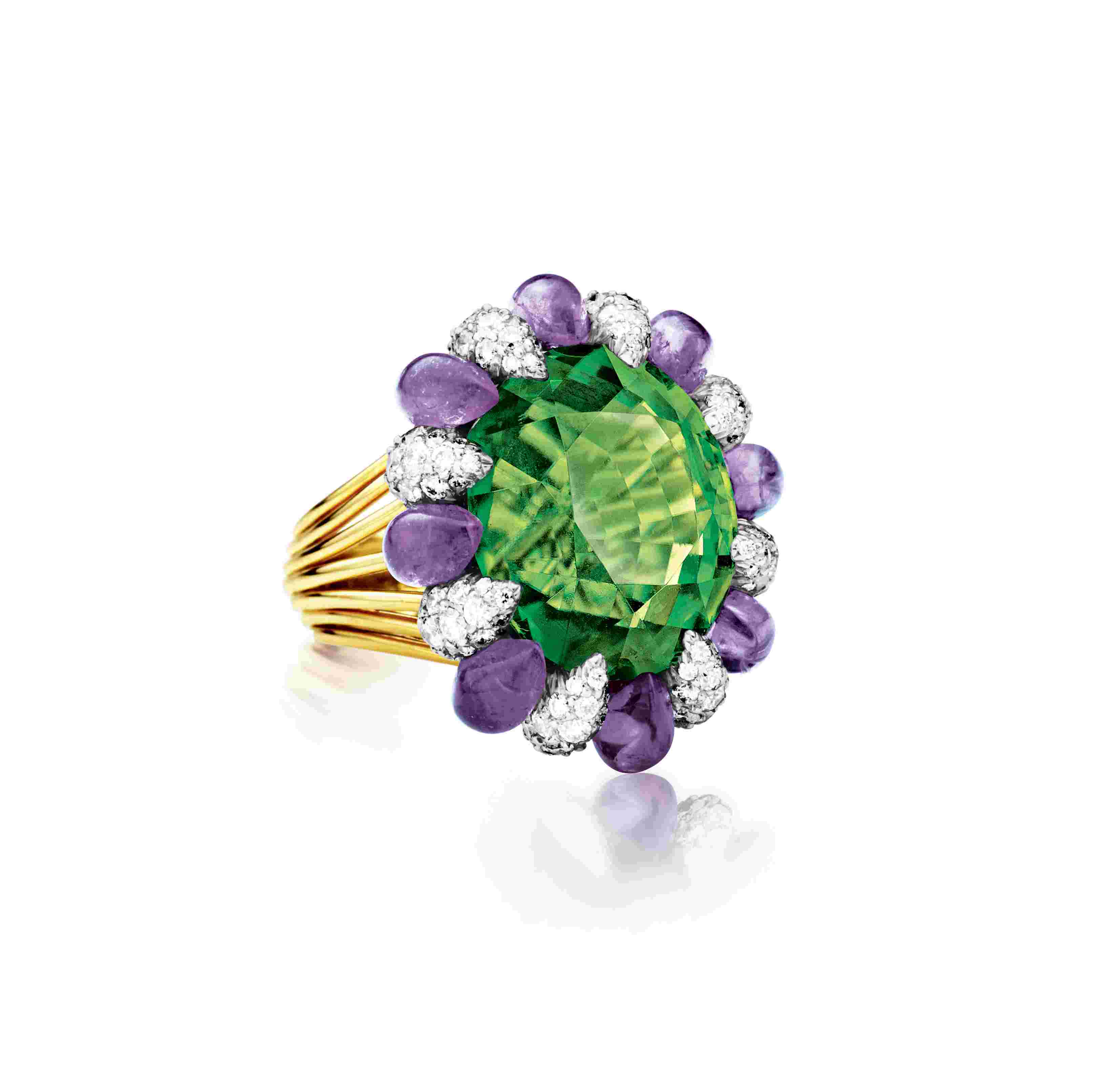
Verdura Raja ring.
-

Verdura Caged ring.
Timeless Treasures
Verdura at Mindham Fine Jewellery.
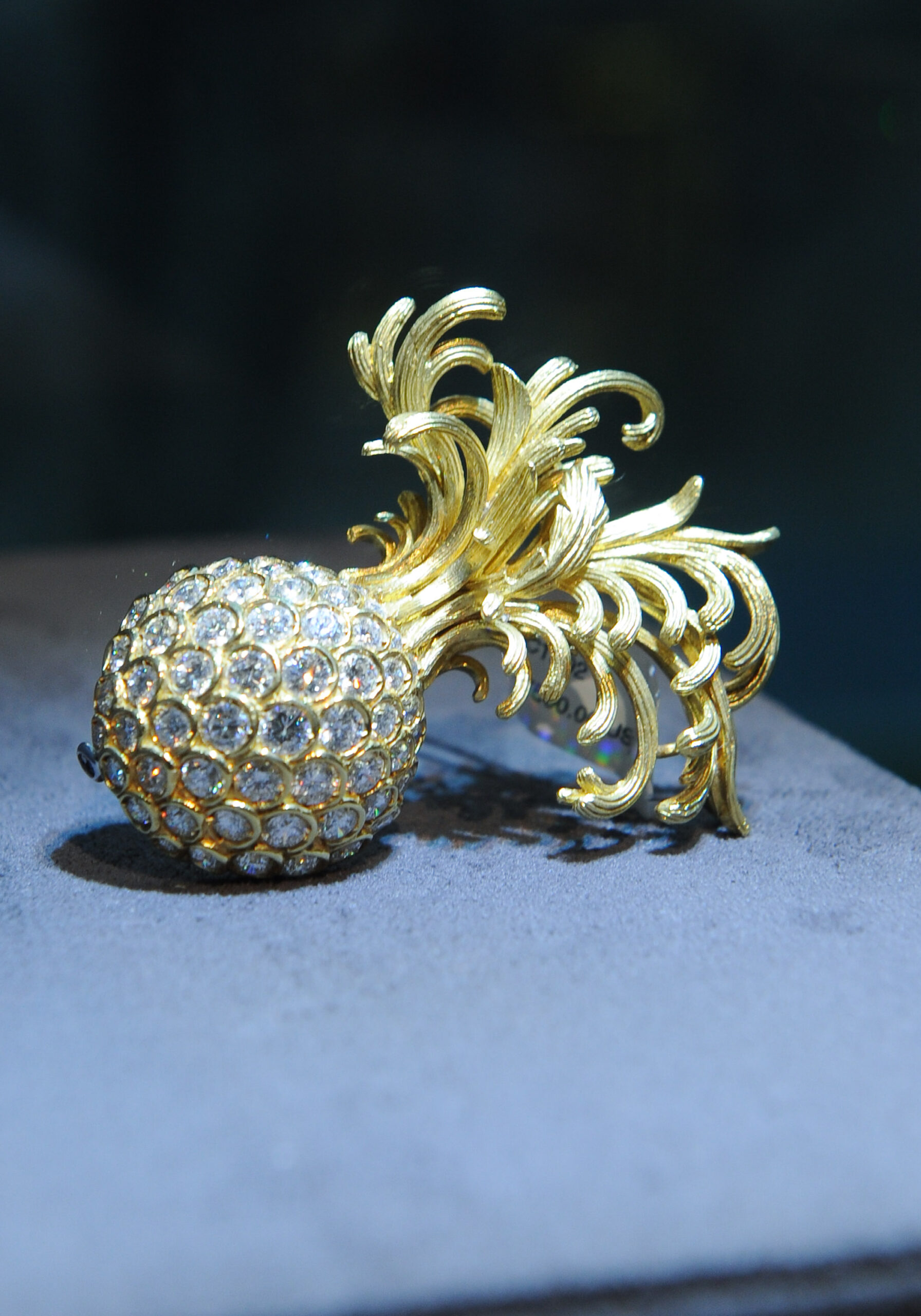
Duke Fulco di Verdura was born into Sicilian aristocracy in 1898 and began his prolific career as a jewellery designer for Gabrielle “Coco” Chanel, whom he met at a party hosted by Cole and Linda Porter in Venice in 1925. Verdura joined Chanel in Paris and began reworking her Victorian jewellery—much of it given to her by past lovers—into designs better suited for daywear and matched to her chic, simple aesthetic. Chanel wore many of these pieces (most notably her Maltese cross cuffs) her whole life.
As Carol Besler wrote, “Verdura shattered the traditional boundaries of jewellery design, mixing metals and enamels, precious and semi-precious stones in a way that no one had done before … [He] moved to Manhattan in 1939, opened a shop on Fifth Avenue, and became the jeweller to high society, serving the likes of Slim Keith, Millicent Rogers, and Babe Paley. He retired in 1973 at the age of 75, selling his business to long-time associate Joseph Alfano. It was acquired in 1985 by Ward Landrigan, former head of Sotheby’s United States jewellery division, who named his son, Nico, president in 2009. The Landrigans didn’t so much take the brand over as become its stewards.”
“My father had a little window into some of the most amazing jewellery collections at Sotheby’s,” says Nico. “They would see things come in and catalogue them. This generation was inheriting Grandma’s jewellery and would go through it and pick out the things they wanted to sell—inevitably there were some that were out of style—but Verdura rarely ever ended up in the sell pile.”
“When I bought the company, I didn’t know how many designs I was buying,” says Ward. “There were these big bags, six of them filled with drawings.” It took him three years to catalogue them in albums. When Nico joined the company in 2003, they finally undertook the task and tallied the total at just under 10,000 sketches. “At one point, we were at about 9,870, but we just got 75 more, so we’re sneaking up there,” Ward adds. The Landrigans estimate that when looking at the archive in total, including the pieces Verdura made in his lifetime, they haven’t produced even half of the designs yet. “If a couple more generations of our family still want to be in business, they can. Verdura was incredibly prolific.”
On October 21, 2013, the Landrigans launched a permanent Verdura point-of-purchase in Canada at Mindham Fine Jewellery, their first international location in 25 years. “Verdura was always an upstairs business, which meant it wasn’t off the street. If you came there, chances are he knew who you were and you knew who he was. Or if you didn’t know who he was, someone usually brought you. It was very personal,” Ward explains. “When we met Myles Mindham, we were very impressed with the way he runs his business. It’s very simpatico with the way we do ours. Service to him is everything, and that was the tradition that Verdura had.”
Nico continues, “Myles understands that it can take nine months to take a piece from an idea to completion. I mean, for us that’s not even that long. We’ve got a few that have been going for over two years. I think our record is about three years to complete one piece.”
Today, the company works with artisans in just under a dozen workshops, approximately half are in Manhattan and have been working with the company since its founding and many are family businesses that have also been passed down through generations. Artisans work on one piece from start to finish and are assigned to workshops based on their specialized skill set, whether enamelling, lapidary work, engraving, or gold work. Many even use the same customized machines and tools crafted to realize Verdura’s original designs.
The current collection is inspired by Verdura’s travels. “He was always being invited to some palazzo and would often stay for as long as a month. He was a very good painter and would paint and sketch the house and the town,” says Nico. “Going through these drawings, there would be a rhinoceros next to an elephant brooch, next to a specific flower that only grows in South America. A Russian emerald might be placed next to a Basra pearl, set in a yellow gold crown. His purpose was as an artist—he painted in gemstones and gold and platinum. And he was a great character, a wicked wit. He would always have some sort of very funny, sly comment.”
Ward adds, with a smile, “a heart of gold and a tongue of quicksilver.”




